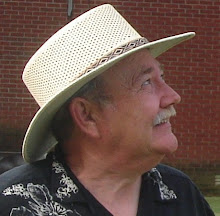
Clyde Norman came to this area in 1922 to open up a mine. To keep his mining efforts alive, Clyde opened up a gas station to supplement his income. Clyde was a great pie maker and started to sell his pies out of the gas station business. His pies became so popular with the customers many of the locals who lived in the area referred to his stop as “Pie Town’. Clyde teamed up with a local cowboy, Harmon Craig, in 1923. Harmon added his famous chili to the menu and now the gas station was also a restaurant. Clyde sold out his part of the business to Harmon in 1924. Harmon’s wife and daughters kept the pies famous and the customers kept coming. In 1927, a post office was added and “Pie Town” became an official town. The town still exists and is located about 160 miles southwest of Albuquerque. The town is small but you can still get a great piece of pie. Every Semptember, the citizens celebrate the “Annual Pie Town Festival”.
Photo courtesy of Library of Congress





